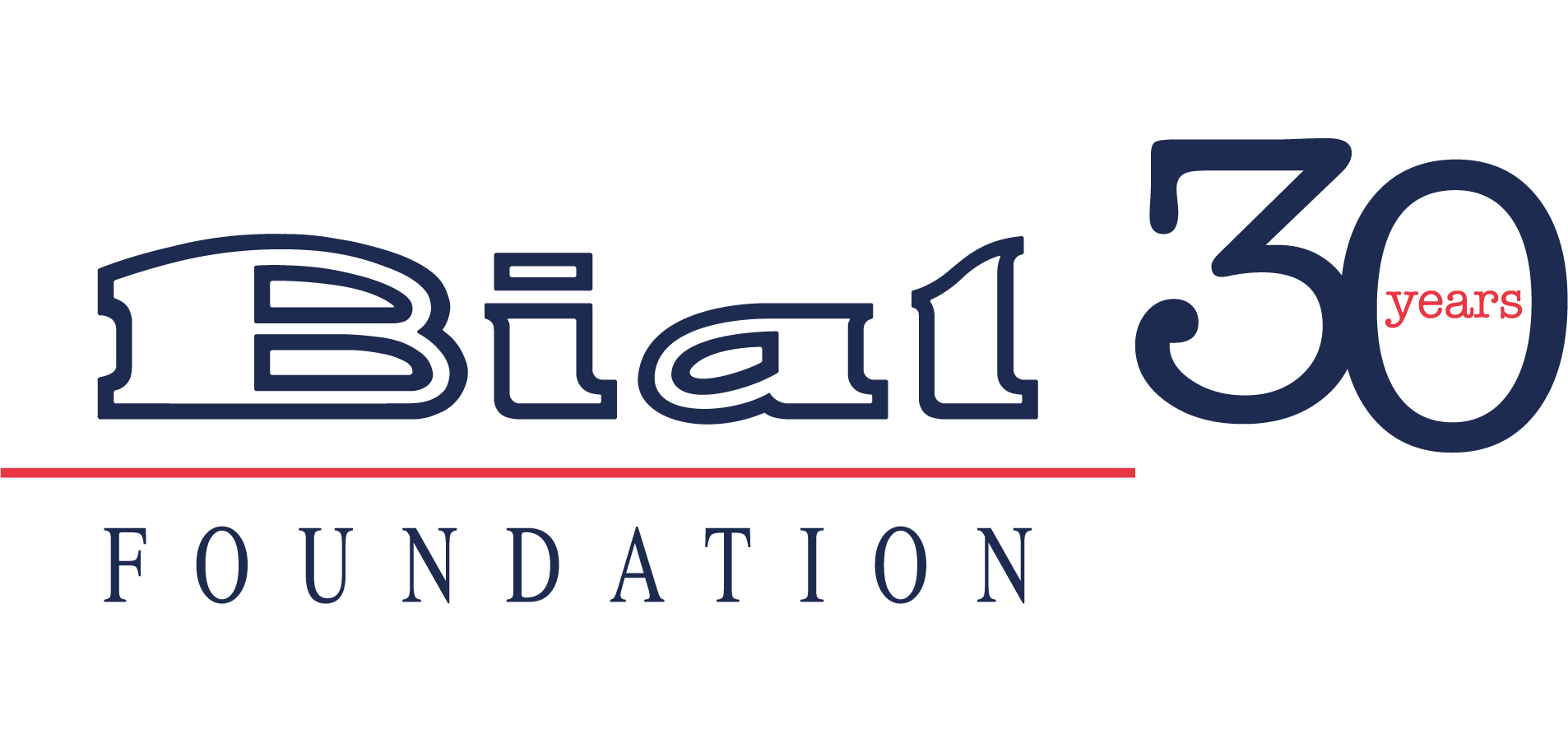Across societies, 30 to 34% of individuals is likely to experience at least one after-death communication (ADC) in their lifetime. The ADC is defined as a spontaneous phenomenon in which a living individual has a feeling or sense of direct contact with a deceased person. An ADC may occur in several forms, which include a sense of presence, sensory experiences (visual, auditory, tactile, olfactory), symbolic experiences (song on radio, flower blooming out of season, etc.), electronic experiences (telephone call, Facebook “like”, or email from the deceased, computer anomalies, etc.), visitation or message dreams. ADCs occur across cultures, race, age, socio-economic status, educational level, gender, and religious beliefs. In the scope of project 169/20 - Investigation of the Phenomenology and Impact of Spontaneous and Direct After-Death Communications (ADCs), supported by the BIAL Foundation, the research team explored the impact of perceived ADCs on bereavement, involving 70 individuals who experienced ADCs with deceased partners or spouses. The majority found the ADCs comforting (81%) and helpful in their bereavement (84%). For 49% of the participants, ADCs seemed to ease acceptance of loss and 42% confirmed an accelerated recovery due to the ADC. The implications of these findings are discussed in the article Description and impact of encounters with deceased partners or spouses published in OMEGA - Journal of Death and Dying.
ABSTRACT
This study investigates perceived interactions with the deceased, a phenomenon reported across societies, with 30-34% of individuals likely experiencing at least one ADC in their lifetime. Despite this prevalence, studies examining the impact of ADCs’ on those who have lost partners are limited. We present data from 70 individuals reporting partner ADCs via an online survey. Forty percent reported accelerated recovery and 42.9% confirm the ADCs' significant influence in their grieving, with 61% expressing a desire for continued contact. ADCs, interestingly, didn’t worsen their pain. The influence on grief-related sadness varied: 41% noted no change, while 40% reported reduced sadness. Forty-seven percent acknowledged ADCs eased their loss acceptance. The data highlight ADCs’ substantial, potentially therapeutic role in grief and healing, despite varying effects on sadness and recovery. This study underscores the ADCs’ possible positive influence on bereaved partners, advocating for a deeper understanding of this phenomenon in the grieving process.



































































